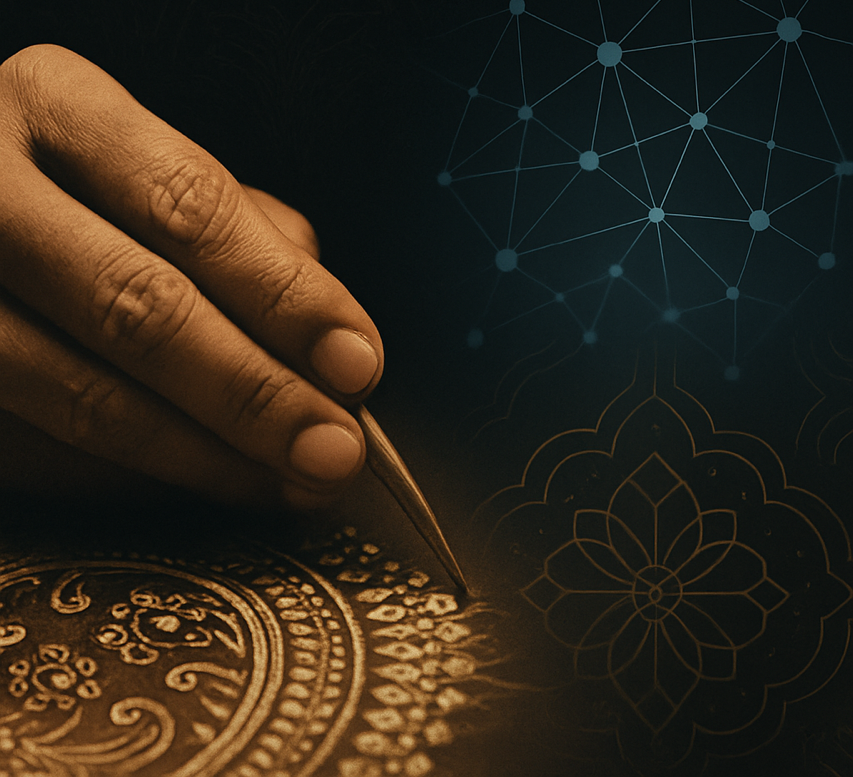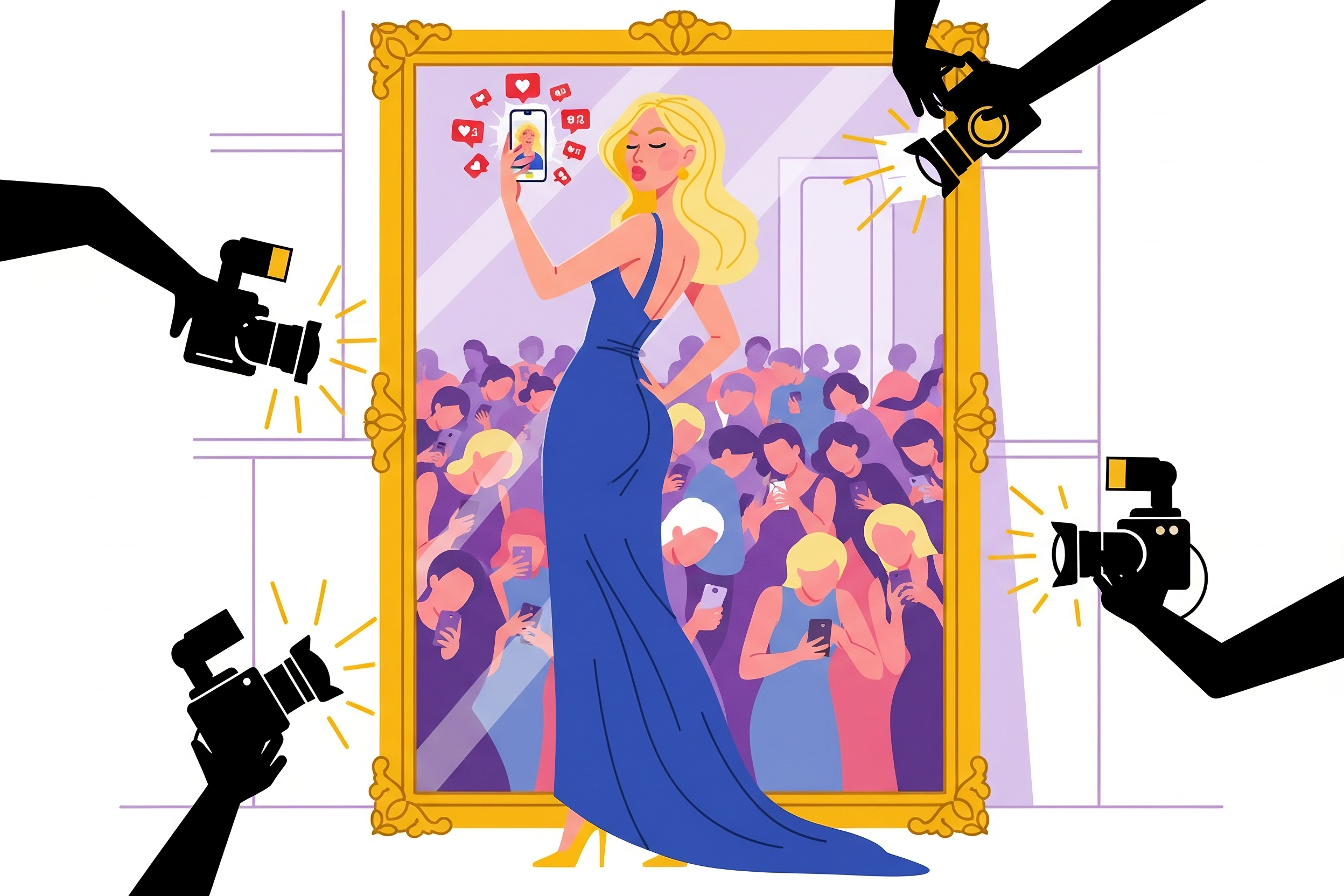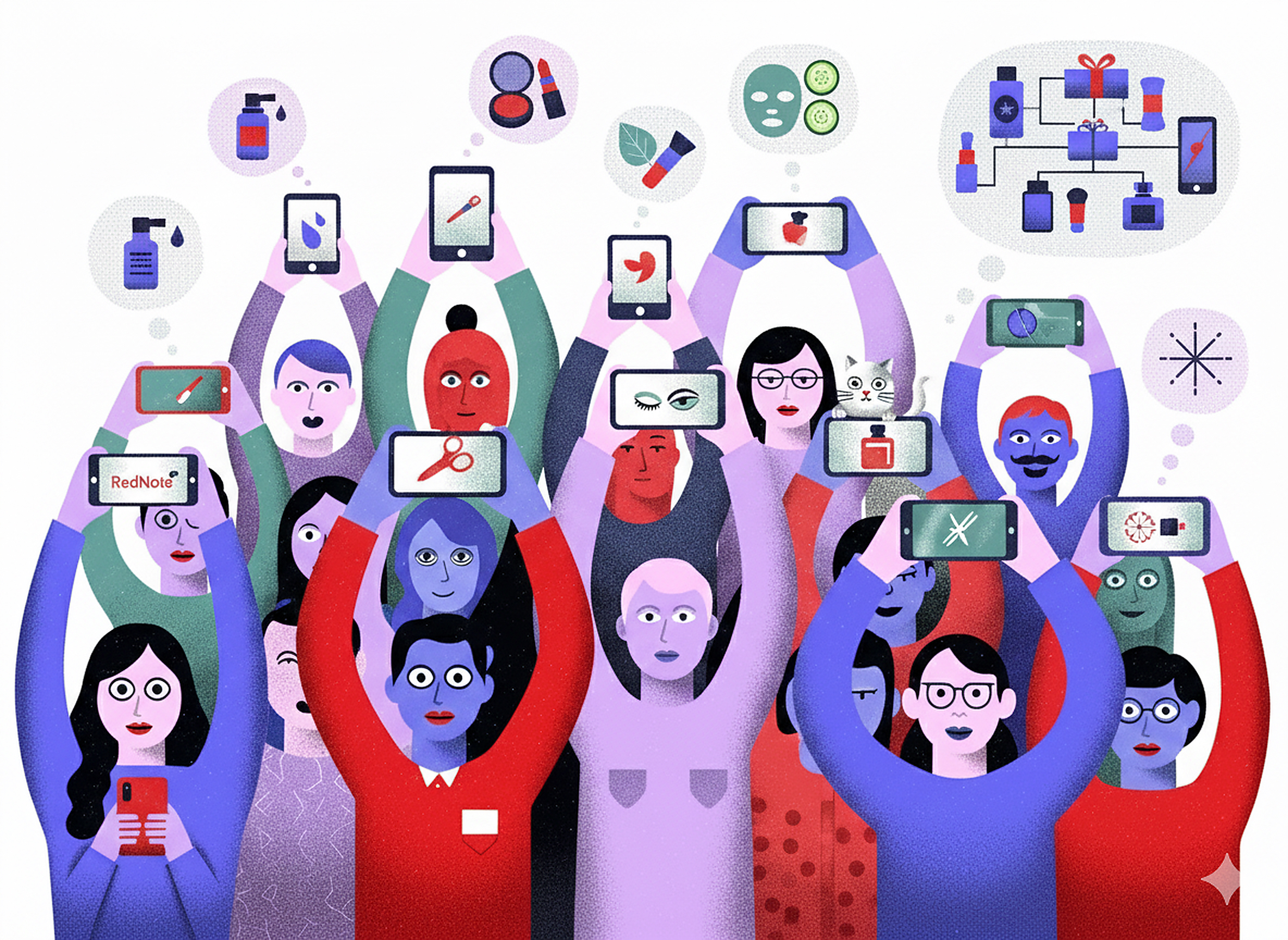
More than just a diversification of communication channels, the digital era has completely changed the way consumers engage with brands. Are brands taking the right steps to ensure they stay relevant?
When you flip through so-called marketing case studies that are readily available on the web, you are likely to encounter something like this at the end: Reach, number of views, engagement (i.e. comments, shares, etc.). The barometer for successful marketing is seemingly simple – a great campaign idea that results in huge engagement numbers acquired across various digital platforms.
However, such a view only proves that while marketing methods have changed due to advancements in digital technology, our perception of marketing has not evolved much since the era of mass media. High engagement numbers are fundamentally the same as high viewership counts for TV commercials or newspaper ads. We're still looking to achieve the same things: Brand awareness, brand preference and brand loyalty.

Image: Stitch Labs
So what is the problem here? For one, we have started thinking of our consumers as statistics and not individual human beings. And that, ironically, is driving us further from being in touch with our consumers and closer to consulting companies. What is the true essence of marketing? I believe it's all about word-of-mouth. It's about consumers advertising our brand and products to other consumers, and that has not changed for hundreds of years. The only difference is that this used to take place through individual word-of-mouth, but is now happening on a much larger scale thanks to social media and digital technology. "Viral" content is now key. This is where the disruption happens. We used to live in a world where there was a clear division between the roles played by the media and consumers – the media informed consumers about our products, and consumers bought our products. Now, the line has become blurred as consumers have taken on the role of the media as well (as influencers and KOLs). As a result, social media has become the most powerful media of all (just take a look at the market caps of Facebook and Wechat).
Join Luxury Society to have more articles like this delivered directly to your inbox
What ignites word-of-mouth? Simple, real experiences. But it is the depth of this experience that determines how far word-of-mouth really travels. Imagine there were three different posts on social media about a new smart phone. Post number one merely shares the news that there’s a new smart phone on the market, and that it offers great functionality. This is what many companies do when they engage KOLs. Post number two has someone sharing his experience using the phone, with an in-depth analysis of its strengths and weaknesses. This will definitely earn more views and shares but unfortunately, still lacks emotion – and people tend to associate themselves more with emotional content. Post number three has a customer sharing a handwritten note and movie tickets from the head of customer service of the phone company, apologizing for a problem she encountered with the product. The note details that a new phone would be delivered to her within two days, during which she could relax and enjoy the latest Hollywood blockbuster in theatres. This post will go far because it shows that the brand cares about its customers, and that it takes the time to directly communicate with them on a personal level. Besides that, it also shows that the brand is capable of turning complaints into positive experiences. This is what I mean by the depth of experience, which in turn determines the depth of a consumer’s loyalty.
I'd rather have ONE consumer who is madly in love with my brand than a HUNDRED consumers who are merely "aware" of my brand. This changes how we should measure the effectiveness of our marketing efforts. What kind of KPIs should we be setting and how should we go about achieving them?
We should have two different sets of KPIs: Short term and long term. Short term KPIs are related to each activation exercise and the immediate results generated, such as views, engagement and sales revenue. This is the job of your marketing team. Long term KPIs, on the other hand, focus on how deeply the brand has impressed itself upon the hearts and minds of consumers, and includes the number of “voluntary” posts from consumers that offer emotional value and build brand loyalty. This is something that can only be done through joint efforts between different teams including marketing, customer service, retail sales operations, PR, etc. Therefore, long term KPIs are much harder to execute, especially for big organizations. Yes, it is difficult – but that’s not the customer’s problem. This inevitably forces us to make a choice: Are we going to keep doing things that are convenient for our organization, or are we going to disrupt the state of things so as to be successful in this new era?
Digital communication is not only about embracing new technology, but about embracing the new perception towards consumers as well.
Cover image: Spectrio









